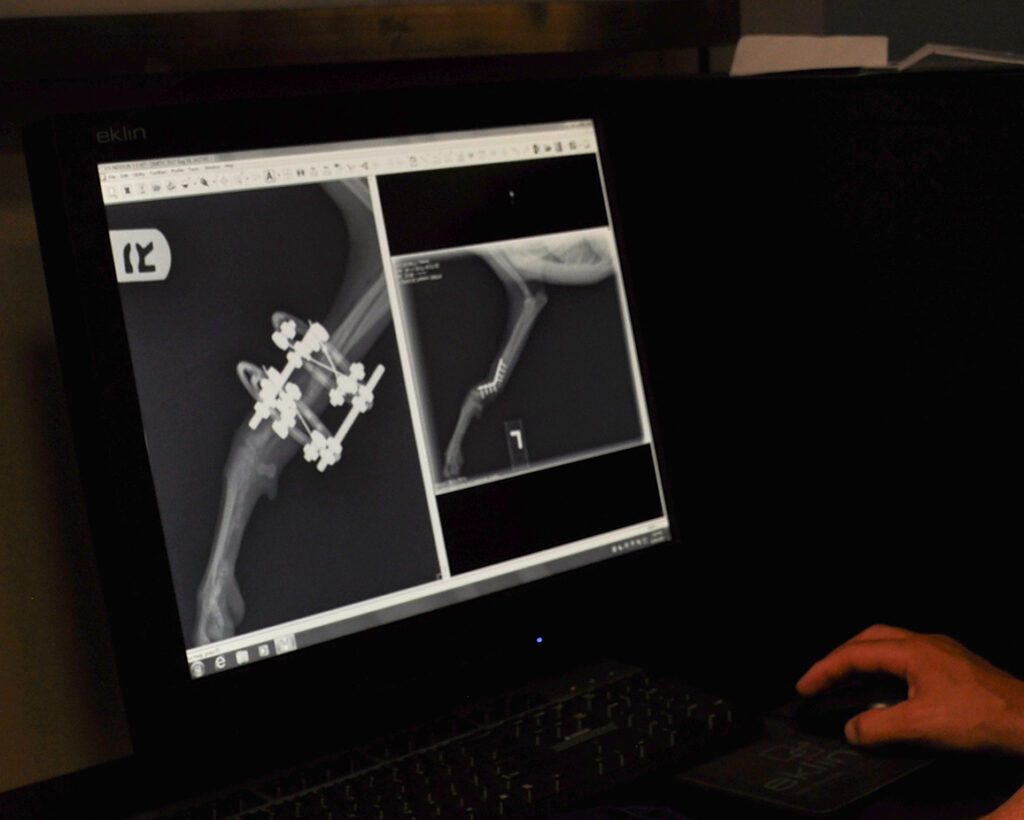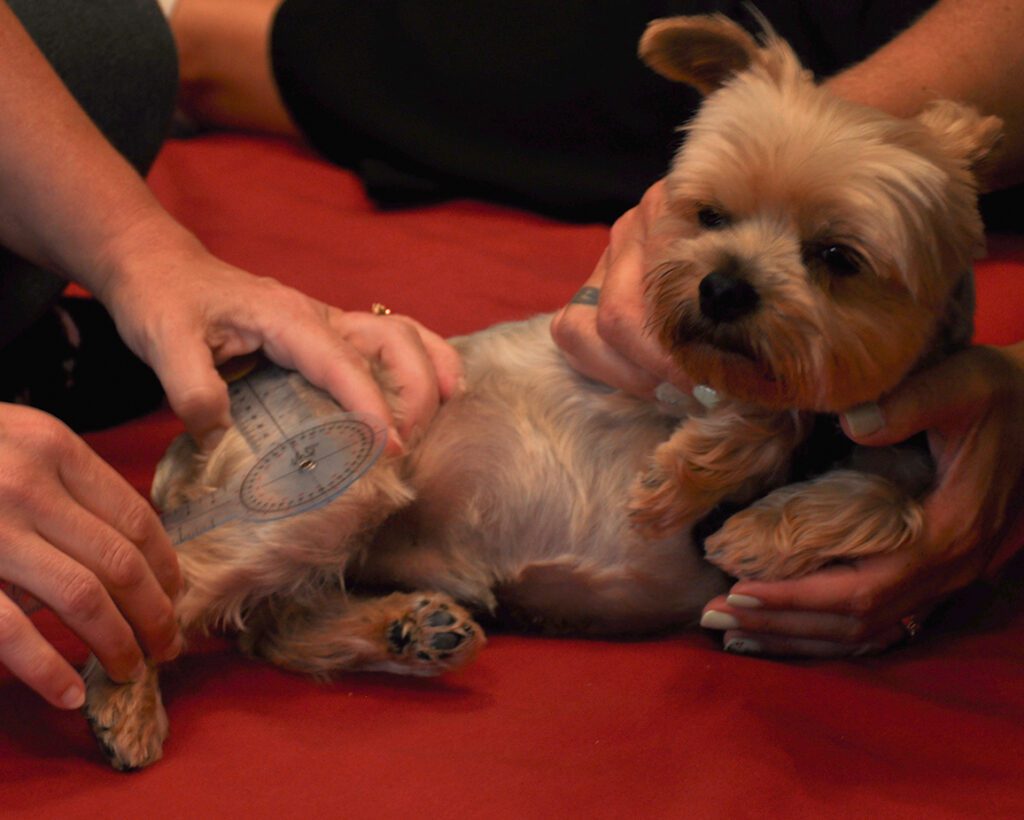
ValuePetVet offers orthopedic surgery for dogs and cats
Orthopedic surgery for dogs and cats refers to surgical procedures that address issues related to the bones, joints, ligaments, tendons, and musculoskeletal system. These surgeries are often necessary to correct injuries, congenital conditions, or degenerative diseases affecting a pet’s ability to move and function properly. Orthopedic surgeries can significantly improve a pet’s quality of life by reducing pain, restoring mobility, and preventing further damage.
Common Reasons for Orthopedic Surgery in Dogs and Cats
Trauma/Injury
Fractures or dislocations caused by accidents, falls, or fights.
Congenital Conditions
Birth defects like hip dysplasia or patellar luxation
Degenerative Diseases
Conditions like arthritis that worsen over time.
Sports or Activity-Related Injuries
Particularly common in active or working dogs.
Tumors or Growths
In or around bones and joints that affect movement.
Types of Orthopedic Surgery for Dogs and Cats
Cruciate Ligament Repair (Knee Surgery)
- Condition: Ruptured or torn cranial cruciate ligament (CCL) in the knee, similar to ACL injuries in humans. This is one of the most common orthopedic problems in dogs and occasionally seen in cats.
- Procedures:
- Tibial Plateau Leveling Osteotomy (TPLO): Involves cutting and rotating the tibia (shin bone) to stabilize the knee joint.
- Tibial Tuberosity Advancement (TTA): This technique realigns the knee joint to change the way forces are transmitted through it.
- Lateral Suture Technique (Extracapsular Repair): A less invasive method using sutures to stabilize the joint for smaller or less active dogs and cats.
- Purpose: Restores stability to the knee and helps reduce pain and improve mobility.
Fracture Repair
- Condition: Broken bones due to trauma such as being hit by a car, falls, or other accidents.
- Procedures:
- Internal Fixation: Involves using plates, screws, or pins to stabilize and repair the bone from within.
- External Fixation: A frame and pins are placed outside the body to stabilize the bones as they heal.
- Purpose: Realigns and stabilizes broken bones to allow them to heal properly and restore normal function.
Hip Dysplasia Surgery
- Condition: A common hereditary condition in dogs (less so in cats) where the hip joint does not develop properly, leading to pain, arthritis, and difficulty walking.
- Procedures:
- Femoral Head Ostectomy (FHO): The head of the femur (thigh bone) is removed, and the surrounding muscles form a “false joint.” This procedure is often done in smaller dogs and cats.
- Total Hip Replacement (THR): The entire hip joint is replaced with an artificial implant. This is more common in large dogs and is often the best long-term solution for severe hip dysplasia.
- Juvenile Pubic Symphysiodesis (JPS): A preventive surgery for young dogs diagnosed early with hip dysplasia, altering the growth of the pelvic bones to improve hip joint function.
- Purpose: To reduce pain and improve mobility by either removing the damaged joint or replacing it entirely.
Patellar Luxation Surgery
- Condition: A condition where the kneecap (patella) slips out of its normal groove, causing limping, pain, and lameness. This is common in small dog breeds but can affect cats as well.
- Procedures:
- Medial/Lateral Patellar Luxation Repair: Involves deepening the groove in the femur where the patella sits and/or adjusting the position of the ligaments to keep the kneecap in place.
- Purpose: To keep the kneecap properly aligned and prevent it from slipping, reducing pain and improving function.</li
Elbow Dysplasia Surgery
- Condition: A genetic disorder where parts of the elbow joint do not form properly, leading to arthritis and lameness. Common in large breed dogs.
- Procedures:
- Arthroscopic Surgery: Minimally invasive surgery to remove bone fragments or cartilage in the elbow joint.
- Osteotomy: Cutting and realigning bones to reduce stress on the joint.
- Purpose: To reduce pain, improve joint function, and slow the progression of arthritis.
Arthroscopy
- Condition: Joint issues that need diagnosis or treatment, such as joint inflammation, cartilage damage, or bone fragments.
- Procedure: A minimally invasive technique where a small camera (arthroscope) is inserted into the joint to diagnose or treat the condition. Commonly used in cases of elbow dysplasia or cruciate ligament injuries.
- Purpose: Provides a less invasive way to explore or treat joint problems, reducing recovery time and post-operative discomfort.
Amputation
- Condition: Severe trauma, bone cancer (osteosarcoma), or irreversible damage to a limb.
- Procedure: The complete removal of a limb.
- Purpose: Often done when the limb cannot be saved, amputation can improve quality of life by removing a painful or non-functional limb. Pets can often adapt well to life on three legs (tripod pets).
Joint Fusion (Arthrodesis)
- Condition: Severe joint instability or arthritis that cannot be treated with less invasive methods.
- Procedure: The affected joint is surgically fused (locked in place), eliminating motion and reducing pain.
- Purpose: While it sacrifices joint mobility, fusion stabilizes the joint and alleviates chronic pain.
Tendon and Ligament Repair
- Condition: Injuries or tears to tendons and ligaments, such as the Achilles tendon or other supporting structures.
- Procedure: Surgical repair involves suturing torn tendons or ligaments and stabilizing the affected joint.
- Purpose: Restores the function of the joint and prevents further damage.
Recovery from Orthopedic Surgery
Post-Surgical Care
- Recovery typically involves restricted activity, physical therapy, and follow-up visits to ensure proper healing. Pets may need to wear an Elizabethan collar (cone) to prevent them from licking or biting the surgical site.
Rehabilitation
Physical therapy, hydrotherapy, and other rehabilitation techniques may be recommended to restore mobility and strength.
Pain Management
Pain relief medications and anti-inflammatory drugs are typically prescribed to help with post-operative discomfort.
Client Reviews


